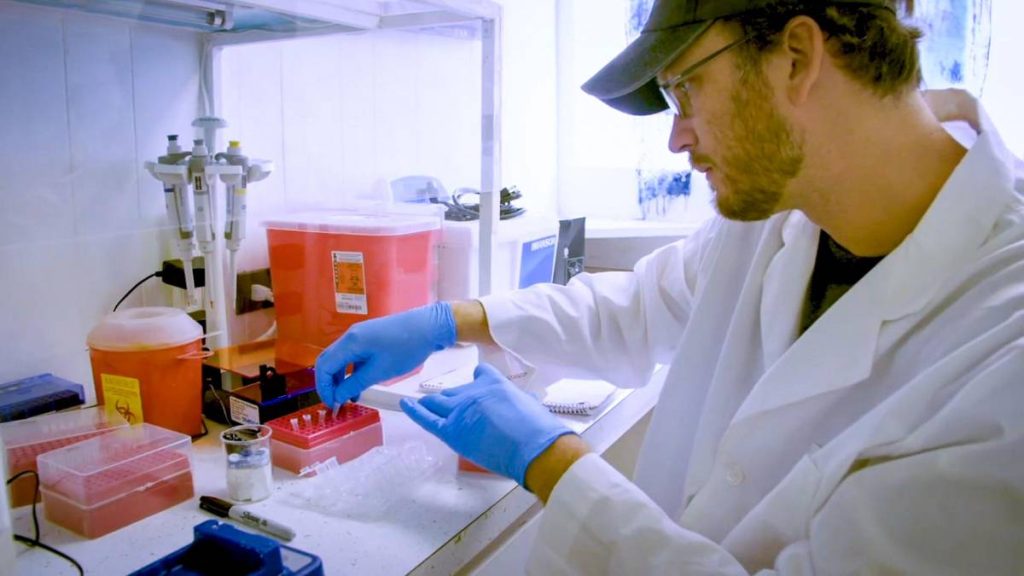Hawai‘i Keiki More Susceptible to ‘Cat Scratch Disease’
Research by doctors in the University of Hawaiʻi (UH) Pediatric Residency Program at Kapiʻolani Medical Center for Women and Children found that cat scratch disease is more frequent in Hawaiʻi. The doctors examined cases of cat scratch disease affecting children at one medical center over an eight-year period.
“We think it is almost two and a half times more common here, and why that is, we think we have a higher incidence of the bacteria in our kitten and cat population in Hawaiʻi,” said Scarlett Johnson, lead researcher and a Hawaiʻi Island native now completing her medical residency in the UH Pediatric Residency Program at Kapiʻolani Medical Center for Women and Children.
Cat scratch disease is caused by the bacteria Bartonella henselae, which is generally benign and doesn’t always trigger the disease. But sometimes–and it is still rare–the bacteria can cause Cat Scratch Fever, which can become very serious. At its worst, the disease can cause bone infections, encephalitis, which can lead to seizures or coma or even blindness.
Researchers stress that the disease is rare, but because of this, it is also difficult for doctors to diagnose, and once they do, to settle on the recommended treatment and how long to apply it.
Because it is so uncommon, in the eight-year period studied, the researchers only gathered about 20 cases. They hope to collaborate with other U.S. hospitals that primarily serve children, to increase the numbers of cases studied.
“Because there are a variety of tests and imaging that you can use, we’re hoping ultimately that we can give some sort of guidance to clinicians going forward, because it is very rare relative to other diseases that we see,” said Johnson.
People get cat scratch disease from cats, it is spread between cats by fleas. Kittens often have a higher level of the bacteria.
“So one way to hopefully prevent this and not get it, is to make sure you are trying to control the flea population especially with your cats,” said Johnson. “Maybe avoiding wild cats which oftentimes have more fleas.”
“A lot of times the children have a prolonged fever, and parents and doctors are naturally very nervous,” said Johnson. “They do several different workups trying to figure out what’s going on and that can mean a longer stay in the hospital. If we can get good diagnostic testing and we can start treatment earlier maybe we can avoid some of the expense and emotional stress for families.”
Johnson worked with Natasha Cheng, a Hawaiʻi pediatric infectious disease physician at Kapiʻolani Medical Center, the training hospital partner for Pediatrics at the UH John A. Burns School of Medicine.














